アートと気候危機のいま vol.2 「エコ・ヒーロー」と呼ばれるアーティスト、ジェシー・シュレシンジャー
NPO法人アーツイニシアティヴトウキョウ [AIT/エイト]設立メンバーのひとりであり、TOTAL ARTS STUDIES(TAS) プログラム・ディレクター、ロジャー・マクドナルドによる、気候危機とアートについての連載記事シリーズ。ニュースとインタビューで海外の動向の「いま」をわかりやすく紹介する連載の第2回は、サンフランシスコを拠点に活動するアーティスト、ジェシー・シュレシンジャーへのインタビューをお届けする。*The English version is below the Japanese.
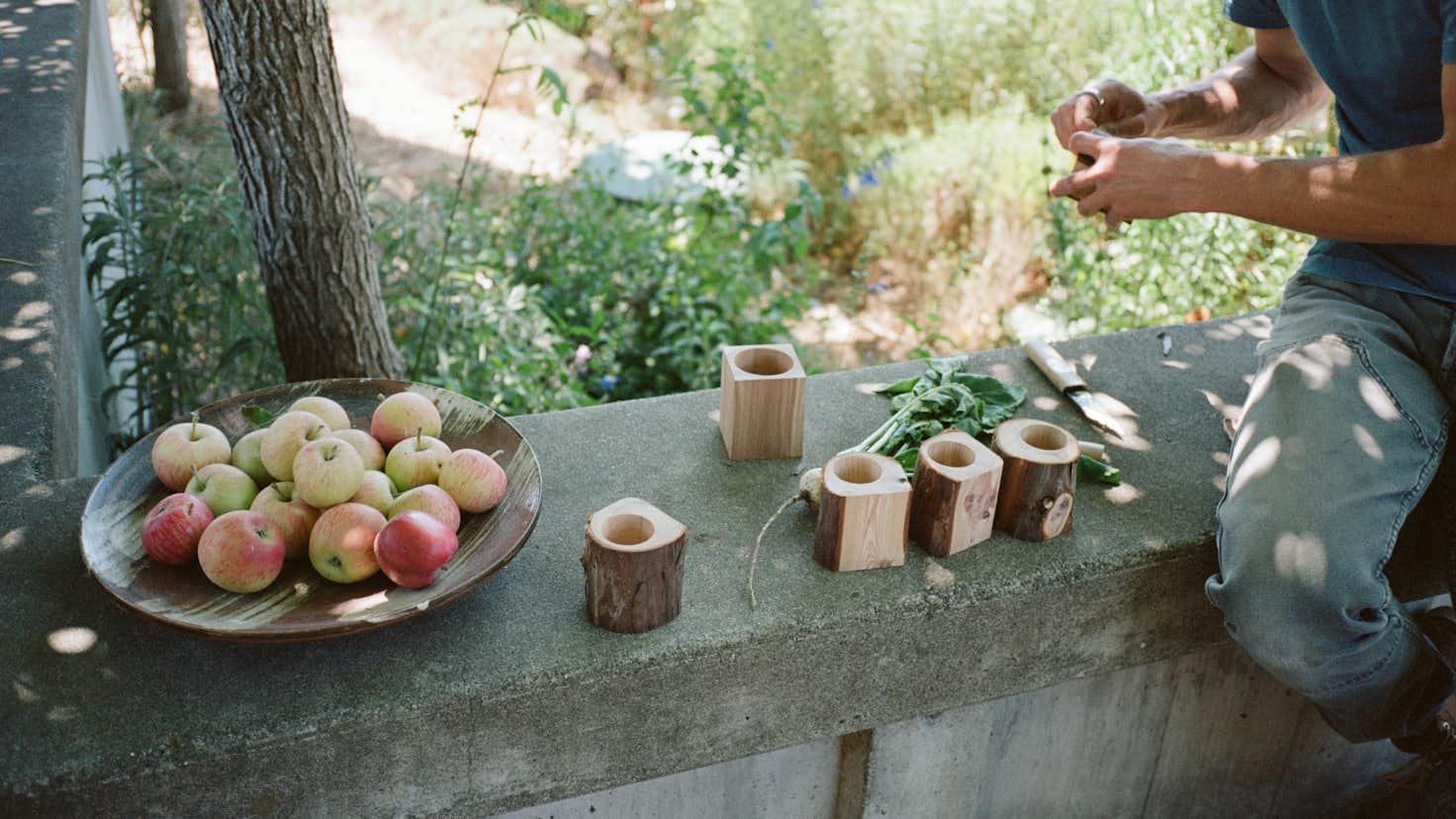
Photo by Kanoa Zimmerman
ある人は彼を「エコ・ヒーロー」と呼ぶ。自然環境に対して強い倫理感をもち、発表する作品のみならず、自身の生活においても一貫して社会的責任を果たそうとするその姿が、人びとに無視できないレベルで影響を与えているからだ。
大工の二代目として生まれたジェシー・シュレシンジャーは、いつも「場所」への関心を絶やすことはない。その場所がもつ記憶(あるいは歴史)を、人々がどのように経験し、理解していったのか。そのプロセスを知りたいという一心から、ドローイングや写真、彫刻、インスタレーションといった様々なメディアで作品をつくり続けている。
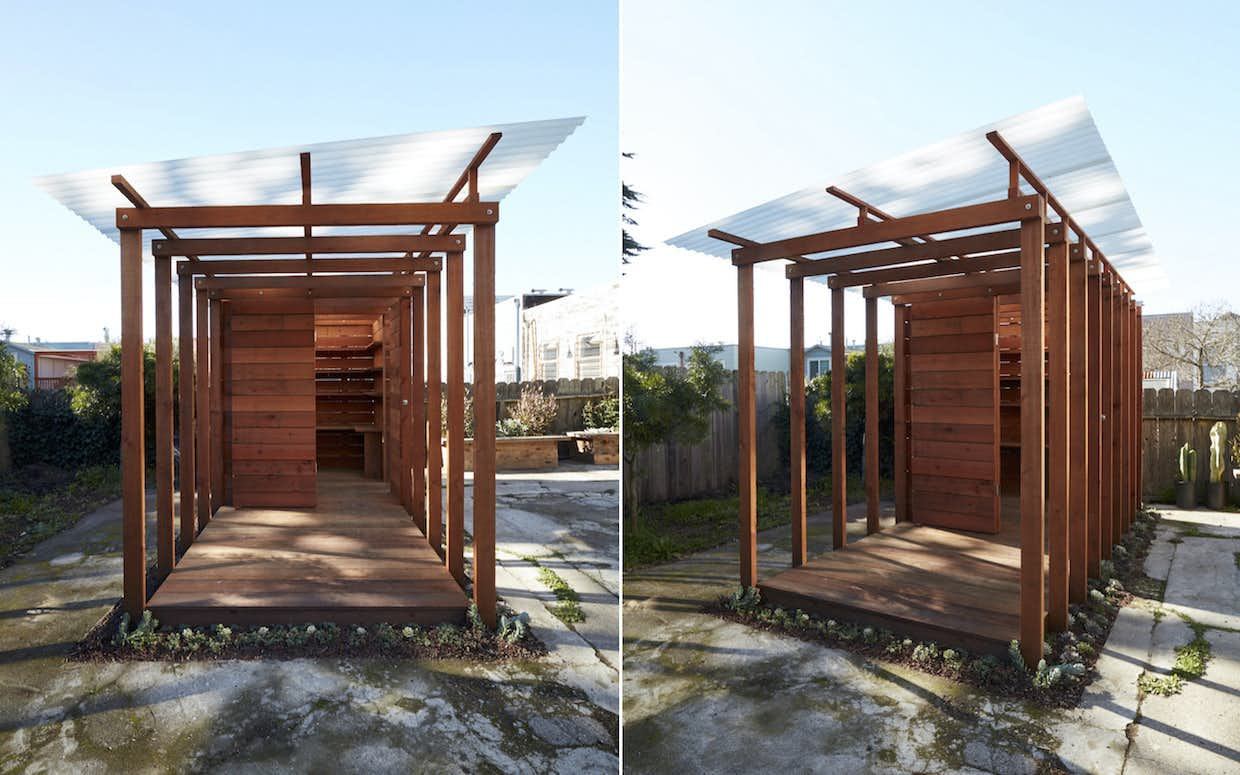
Photo by Mariko Reed
彼は、自然のなかにあるものを拾い集め、素材として生かすことが多く、その作品からは手仕事の痕跡をありありと感じることができる。それもそのはず、彼の父親は伝統ある木工技術を受け継ぎ、職人技を大切にする大工であり、彼自身その父親から受けた影響は大きいという。家には小さな農場もあり、農作業にたずさわるなかで自然を身近に感じながら子供時代を過ごした。彼のユニークな創作精神は、そうした生育環境のなかでおのずと形成されていったのだろう。
ジェシーは2018年、日米芸術家交流プログラム(主催:日米友好基金、協力:国際文化会館)フェローとして日本に滞在したのち、京都在住の料理人である船越雅代(ふなこし・まさよ)とのコラボレーションをカリフォルニアの地で実現する。「食」「農業」「建築」をつうじて未来のサステナビリティを探究する体験型インスタレーションを上演したのち、2021年には、共同制作時からの記録をまとめたミニ・ドキュメンタリーを発表した。
また、2021年3月にオープンした「東京アメリカンクラブ日本橋」のアートコレクションには、日本の海岸に流れ着いた流木を用いた作品[下図]で参加している(作品選定はAITによる)。
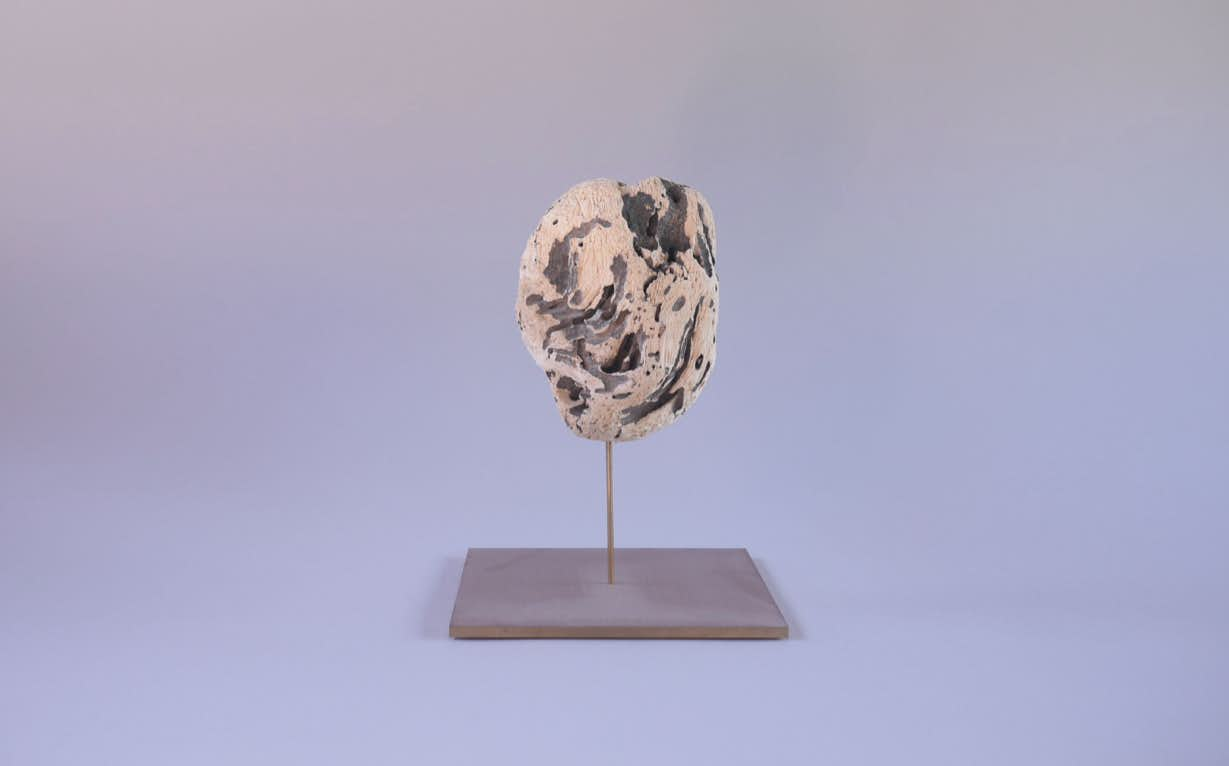
作品がもつ社会的意義の大きさから「ソーシャル・アーティスト」とも呼ばれるジェシー。彼がアートと気候危機の関係について日頃どのように考え、創作活動を行っているのか。インタビューを試みた。
──気候危機は、あなたの作品に何らかの影響を与えていると思いますか? 与えているとすれば、そのことをどのように感じていますか?
いまの時代、誰でもきちんと注意を払ってさえいれば、気候変動の影響を感じないわけにはいかないと思います。私の作品はある意味、この問題に間接的に取り組むものだと言えるかもしれません。手作業であることと、自然界とのつながりを保つこと、このふたつがいつも中心にはあって、そこから環境と人間の働きの両方に対する敬意を育み、培おうとしているからです。私たちがもし、破滅的な世界ではなく調和的な世界のありかたを想像しようとするなら、こうしたことを真っ先に考慮すべきだと私は思っています。これ以上に緊急で取り組むべきことなんてほかにあるでしょうか。
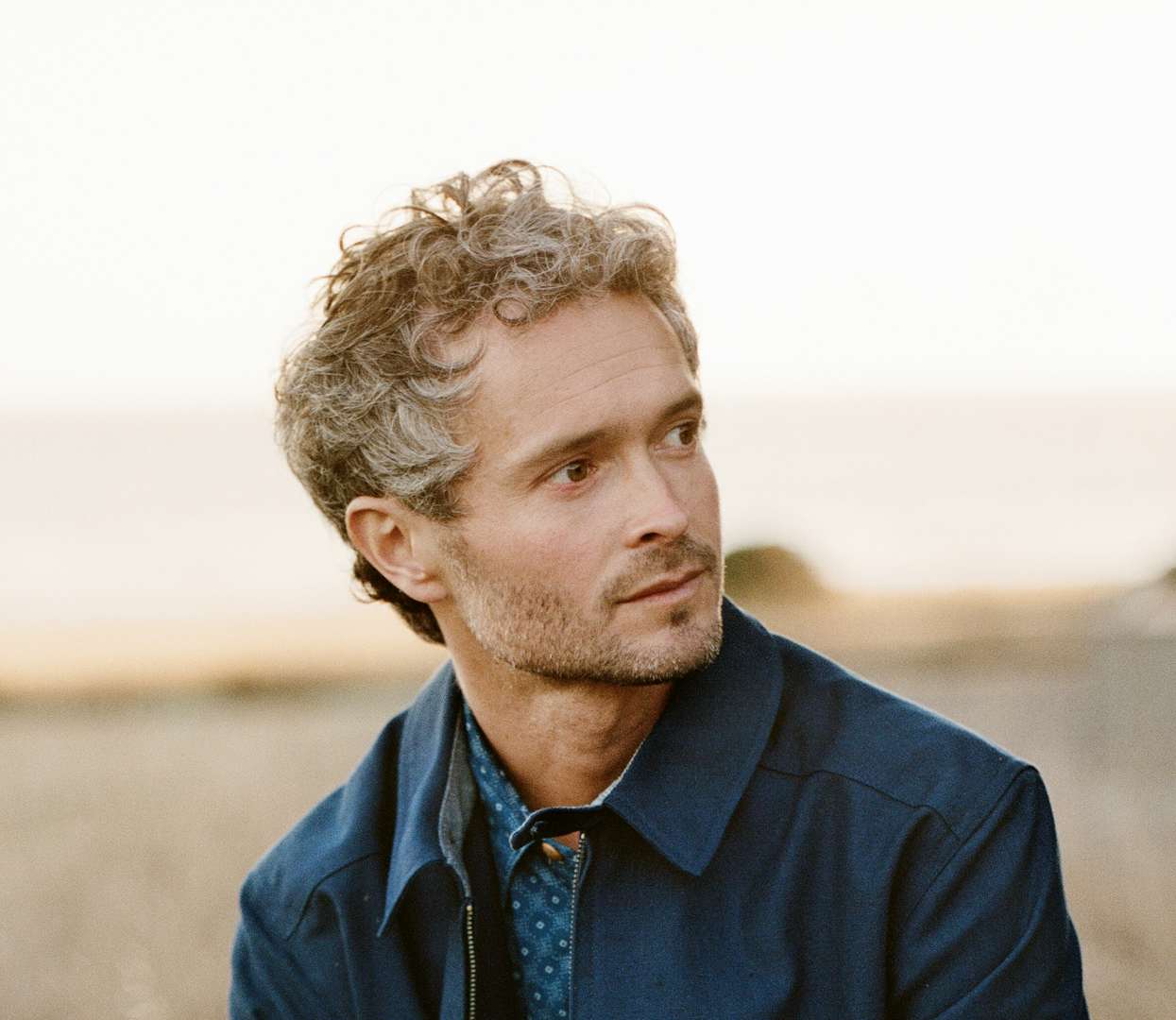
Photo by Andrew Paynter
──あなたのアート活動において、エコロジカル・フットプリントを軽減するために行っている具体的なアクションがあれば教えてください。
かつて有機農業の仕事をしていたときもそうだったんですが、私はできるだけ地元の素材を使い、その生産者の人々と一緒に仕事しようと努めています。というのも私は、地球環境と社会経済の両方の面で、私を取り囲むものごとと協調しながら働きたいと願っているからです。そうすることによって資源とエネルギーをローカルに集中させることができます。人間が引き起こした気候変動の影響を軽減するうえではこれは必須のことだと考えています。
──あなたが住んでいるカリフォルニアでは異常気象が頻発していますが、これから先10年で、気候危機は、そして私たちの日常生活はどうなっていくと思いますか?
気候危機が差し迫っていること自体は数十年前から認識していましたが、それが現実化していくスピードの早さには驚かずにいられません。私たちはいまカリフォルニアが「山火事シーズン」にあると認識していますが、私は2017年を、気候危機が本格的に到来した「新しい時代のはじまり」として永遠に忘れることはないと思います。なぜなら、カリフォルニアでは2017年以来、本来なら考えられないような山火事が毎年のように発生しているからです。こんな現実が日常と化した驚くべきスピードを思うと、これから先10年で気候危機がどんな結果をもたらすのか、想像することなど不可能です。
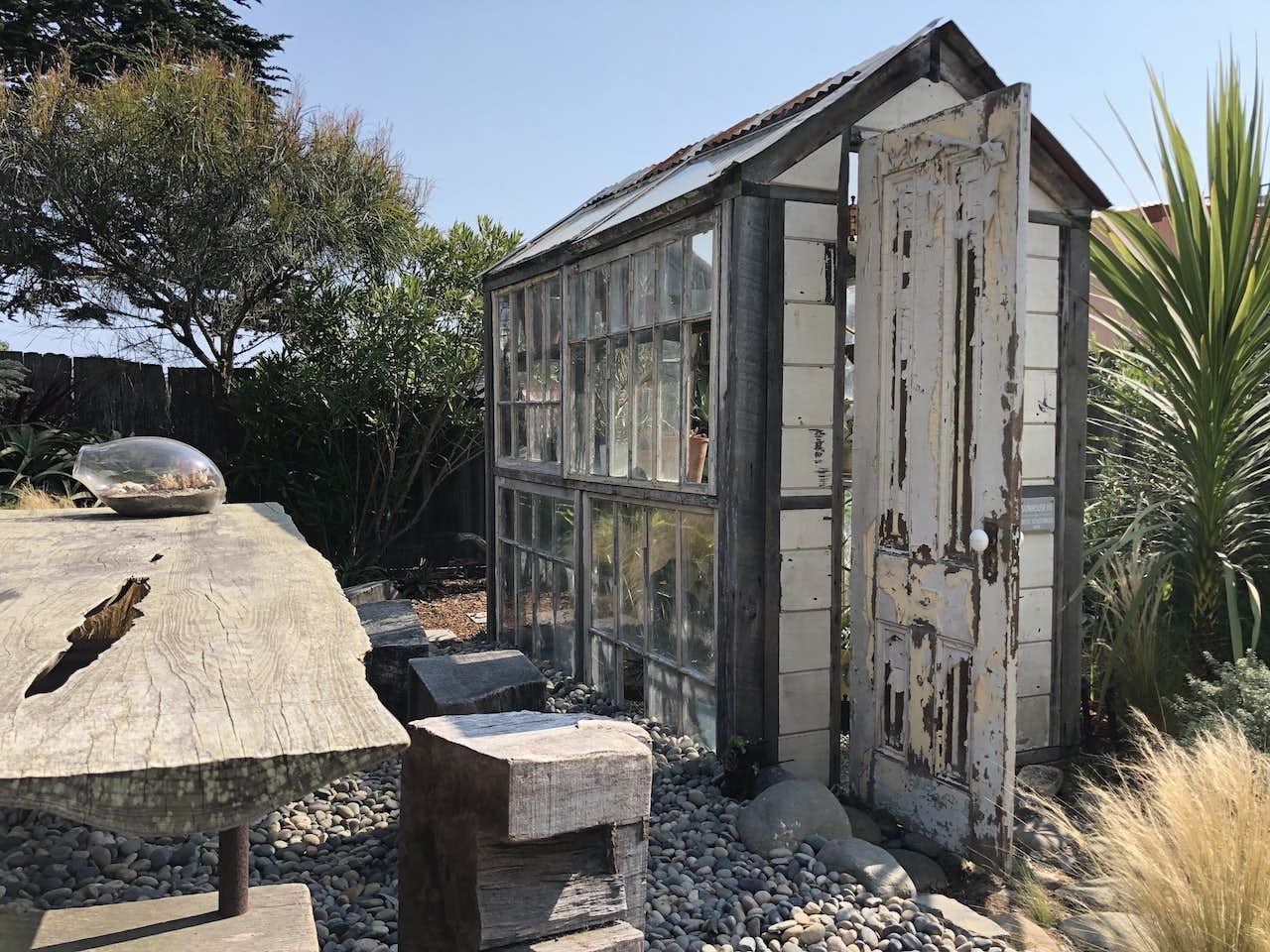
Photo by Jesse Schlesinger
──環境問題についての情報はどこから得ていますか? 具体的なウェブサイトや書籍などはありますか? また、同じような考えを持つ友人と話をしたり、情報やヒントを共有したりすることはありますか?
私は、ウェンデル・ベリー(Wendell Berry/小説家)、福岡正信(農学者)、ヴァンダナ・シヴァ(Vandana Shiva/哲学者)、ビル・マッキベン(Bill McKibben/環境ジャーナリスト)、エリザベス・コルバート(Elizabeth Kolbert/ジャーナリスト)といった作家や活動家に注目しています。知っておくべき変化を把握し、それに従って行動するためには、こうした人びとの著作はきわめて重要な出発点となるでしょう。ガーディアン(The Guardian)は、環境問題についての報道をリードする新聞のひとつです。気候危機の問題に取り組む組織も、マッキベンが設立した国際環境NGO「350.org」をはじめとして数多く存在します。もちろん、友人や同僚たちとも、こうした問題について話していますよ。
──アートセクターは、環境問題に関してどのような取り組みをより積極的におこなうべきでしょうか。例えば、飛行機による移動など特定の活動を控えたり、これから訪れる異常な暑さから逃れて人々が涼をとるための空間として美術館を活用したり。あるいは、地元のコミュニティ形成に貢献する、なども考えられますね。
私はいつも、ローカルなコミュニティに注目することを提唱しているんです。そこでこそ、私たち全員が本物の変化をもたらすことができるし、行政に対してもしかるべき緊急性をもってこの問題に取り組むよう求めることができるから。アートセクターでも、そうしたことを提唱するコレクティヴやNPOがいくつかありますね。例えばこんなふうに。
Art +Climate Action:https://www.artandclimateaction.org/
Artists Commit:https://www.artistscommit.com/
──地球環境や気候危機の問題、あるいは気候危機への適応について、現在または過去にあなたが影響を受けたアーティストはいますか?
それらの問題に取り組むアーティストたち、あるいは個別のプロジェクトは数え切れないほどなので、ここでリストアップするのはじつのところ至難のわざです。もしかしたら、そうしたことに対して押しつけがましくなく、なおかつ確かな精神を失うことなく直接的に取り組むのは簡単なことではないかもしれません。でもだからこそ私は、それを可能にする人たちに心からの拍手を贈りたいし、尊敬してやまないのです。
ジェシーが「注意を払う」ことについて話していたのがとても興味深い。注意を払うからこそ彼は、環境問題とその影響について、よりシャープに反応できているのだ。私たちはいま、メディアや情報の濁流にのみ込まれ、「注意を払う」ことがとりわけ困難な時代に生きている。けれど、私たちにはアートがある。アートを通じて私たちは、ものごとに注意を払い、素材やプロセスに注目するスキルをもういちど、学び直すことができるのだ。
気候変動の問題はあまりに抽象的で、ときに、私たちの日常生活とかけ離れたものに感じられることもあるかもしれない。でも、共感するこころと注意を払うスキルさえあれば、世界中に広がるその影響がいかなるものなのか、少しずつでも理解できるようになるだろう。
ジェシーはまた、ローカルへのこだわりについても語っていた。今日のアート界が高度にグローバル化し、金融化されたシステムで動いているなかで、アーティストが個人的なアクションを始めようと思ったらどうすればいいのか。それは、自分が住み、働いている場所のローカリティを意識することなのだ。
ジェシーの創作活動の背景には、ファインアートだけでなく、深い伝統に根ざした工芸がある。だからこそ彼は、素材や場所と強い親和性をもっている。ローカルとは、材料を調達し、制作し、作品を売るだけの場所ではない。それは、友人やコミュニティからのサポートを得ることができる、きわめて重要な源泉でもある。私たちはいま、誰もが高度なデジタル技術によってつながっているが、地域の強固なエコロジーに根ざして生きることこそが重要なのだということを、ジェシーは教えてくれている。
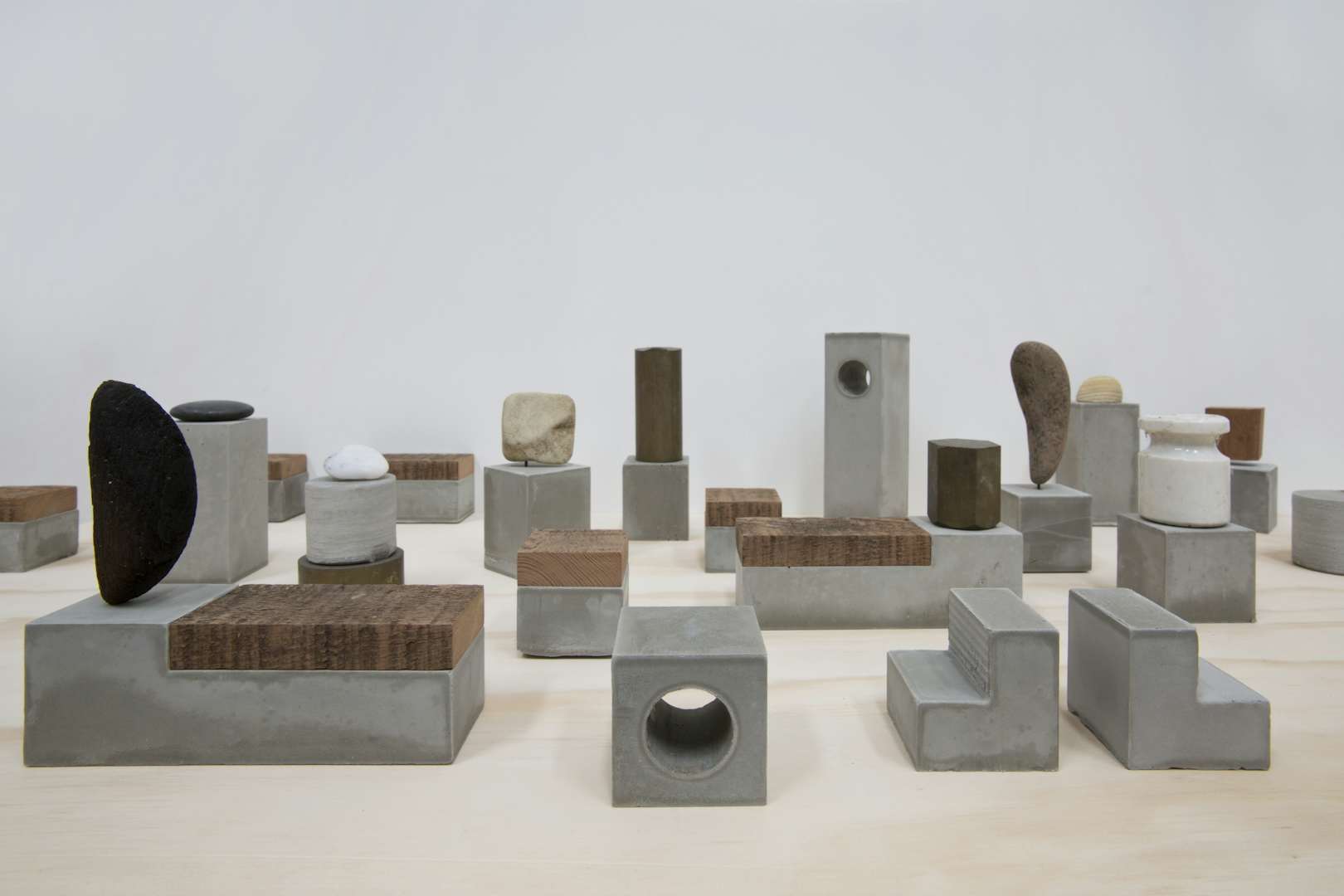
Photo by Kanoa Zimmerman






